Conflict and trade disputes have disrupted global supplies of specialist metals like hafnium, antimony and rare earths
Heightened geopolitical strains are boosting demand for materials required by defence industries. Often volumes are relatively small, yet some of these niche metals are indispensable for military technologies. Escalating trade tensions, particularly between the US and China – which dominates supply chains for many critical materials have further complicated the situation.
With ongoing conflicts between Russia and Ukraine, as well as across Israel and the middle east, global military spending hit $2.4 trillion in 2023, almost 7% higher than 2022. The US, China and Russia are the biggest spenders, but other countries are also ramping up spending, meaning demand for related materials will continue to grow. Germany recently set up a €100 billion fund to modernise its military, with aims to spend 3.5% of GDP over the next decade, potentially hitting €600 billion.
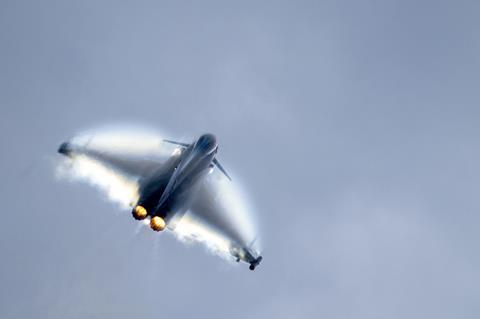
Meanwhile, China has introduced stricter export licensing requirements for a variety of metals. ‘They want to make sure that these materials do not go into defence applications, so they are asking for a dual-use licence,’ says Cristina Belda, metals analyst with market analysts Argus Media. Examples include tungsten for aircraft engines; indium for radar and targeting electronics; antimony for munitions; beryllium for missiles; and tellurium for armour plating.
Export restrictions
China introduced export restrictions on antimony products last September, followed by a broader dual-use items export ban to the US in December 2024. In April, China added seven rare earths to a list of 17 materials that require special export licences. This is not a blunt export quota regime but nevertheless puts government in control of how much can be exported and to whom. ‘They are flexing their muscles,’ says Tom Moerenhout, an expert on critical minerals at Columbia University in New York, US. ‘Supply is moving slower, and prices are going up in response.’
Increases in military hardware production have raised demand says Moerenhout, but he notes another factor affecting prices: ‘Companies that buy these minerals are trying to stockpile because they don’t trust that the supply will remain available to them, at the price they want, because of geopolitical tensions and because of those export licensing schemes in China.’
China has a 100% monopoly on heavy rare earths. We can’t find alternative supplies in the short term, so they will be coming from China for the next five years
The North Atlantic Treaty Organization (Nato) lists 12 defence-critical raw materials and classes, including aluminium, cobalt, gallium, germanium, rare earth elements, titanium and tungsten. Nato members account for 55% of global military spending, with European nations increasing contributions, according to market analysts Mordor Intelligence. However, in many cases, ‘China’s control over production and processing presents significant risks to western defence capabilities, particularly as export restrictions increase,’ Mordor noted.
China does not control mining for many of these strategic metals, but it has captured a dominant market position in processing them. ‘When you use those minerals in national defence applications, you need the best quality, meaning as refined as you possibly can, to 99.999% purity,’ says Moerenhout. ‘That’s what China is very good at – the know-how to get the highest purity grades.’
Tungsten
The extreme high density, strength and melting point of tungsten make it especially valuable for many military applications. Its uses include guided missiles, armour-piercing munitions and heat-resistant alloys for missile and engine parts, as well as radiation shielding.
China controls over 80% of tungsten supply, and introducing export restrictions last December jolted the market. ‘There’s been almost no material coming out of China, either to Europe or the US,’ says Belda. ‘Those export controls have really panicked the market,’ causing prices to rise. Prices spiked by about 375% since the start of 2024. The US has not had domestic tungsten supplies for a decade, while Vietnam ranked a distant second behind China in production. Canada, Spain and Portugal produce smaller volumes again.
Antimony
Another low-volume metal needed for defence applications is antimony. It is used in military batteries and night vision equipment, and to harden munitions. Around half of all antimony is used in flame retardants for applications such as aircraft and electronics. China generates around 70% of the global supply and established a cheap and secure pipeline, which led mines in the US and elsewhere to mostly shut down. ‘It was easier to import antimony,’ says Belda.
That was until last year, when China put export controls on antimony and introduced an outright ban to the US. European antimony prices are now above $60,000/ton, whereas the average price a year ago was around $15,000. ‘There’s no ceiling in sight and this is affecting the flame-retardant industry in Europe, so not just defence,’ says Belda. ‘The demand for defence will increase, so the shortage might become even more visible, even more painful for several industries.’ There is a shortage of processing facilities outside of China and stockpiles have been depleted in the US and Europe.
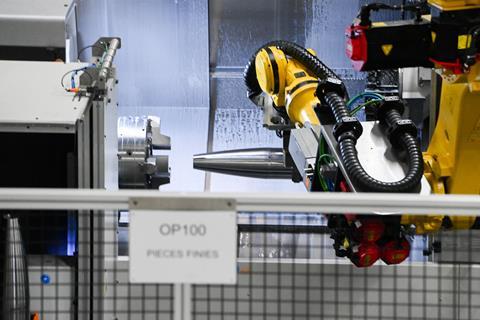
Efforts are underway to diversify antimony supply. A project in Idaho, US, from Perpetua Resources plans to mine gold and the only domestically mined source of antimony in the US. It has received investment from the US Department of Defense and could supply up to 35% of US antimony demand, according to the company. In response to China restricting antimony exports, Spearmint Resources expanded an antimony project in New Brunswick, Canada. Because the main antimony ore often occurs with gold, some gold mines recover antimony as a byproduct. That means rising gold prices can also support antimony extraction.
Rhenium
Rhenium is added to nickel-based super-alloys used in jet engine components and rocket nozzles where heat resistance is essential. It is especially important in missiles and military jets. Just 62 tons of rhenium were produced in 2024, according to Mordor. ‘This is a very niche market and a significant part of it goes into aerospace, where it is in small volumes but critical,’ says Belda. Importantly, rhenium is a byproduct that must be recovered from copper and molybdenum mining, sometimes extracted from flue dust in trace amounts. ‘Rhenium is hard to get out. To separate it from molybdenum requires a lot of energy,’ says Harald Ulrik Sverdrup at Inland Norway University of Applied Sciences, who has assessed the global supply of various metals.
The world’s largest producer of rhenium is Chile. There are no rhenium-only mines. Most contracts in rhenium are written as long-term agreements between producers and aerospace companies, according to minor metals trader Lipmann Walton, but there is also an active free market. Recent demand from China has caused prices to rise, with catalyst grade material doubling in price year on year.
Hafnium
Hafnium is produced in small quantities; its market volume is around 90 tons, according to Mordor, and expected to reach 123 tons by 2030. It is used in super-alloys and electronics and needed for nuclear-powered submarines, missile components and aircraft carriers.
France and the US produce around 85% of global supply, as a byproduct of zirconium refining. ‘You need 50kg of zirconium to produce 1kg of hafnium,’ says Belda, and separating the chemically similar metals is difficult and expensive. It is listed as a critical mineral by the EU and its market is opaque, with little scope to boost supply quickly to meet strong demand.
While hafnium spent years priced at around $750–1200/kg, this peaked closer to $7000/kg in August 2023 and remains over $3800/kg, according to Argus Media.
Rare earth elements
These 17 elements, including the 15 lanthanides plus scandium and yttrium, are rare only in the sense that they are not found in concentrated deposits and are tricky to separate. Key elements for defence industries include neodymium, dysprosium and terbium for jet engines and missiles; samarium, gadolinium and scandium for stealth aircraft and precision weapons; and various others for radars, displays and targeting systems.
China produces 70% of mined rare earths and controls the supply chain. To increase pressure on the US, which depends on Chinese imports of these metals, China has taken advantage of its monopoly on heavy rare earths and introduced export controls. ‘High-performance magnets that contain dysprosium and terbium go into the defence industry but also into electric vehicles and offshore wind turbines,’ says Belda. ‘China may have targeted these because the US relies on China for these materials, but this is also affecting other countries with a magnet industry such as Japan.’
You need 50kg of zirconium to produce 1kg of hafnium
A dispute in 2010, following a maritime incident, led China to disrupt exports of rare earths to Japan and alerted many countries to China’s dominant position. Yet the situation largely continued as China subsequently remained a reliable supplier of rare earths at competitive prices. The US government has supported a light rare earths mine at Mountain Pass in California, owned by MP Materials, which announced in January that it would open a NdFeB magnet production facility for automotives in Texas. For some elements, there are no existing competitors. ‘China has a 100% monopoly on heavy rare earths,’ says Moerenhout. ‘We can’t find alternative supplies in the short term, so they will be coming from China for the next five years.’
Vietnam is looking to mine heavy rare earths, but they may be sent to China for processing – as happens with Vietnamese tungsten. Moerenhout adds that since there is no substitute for many of these elements, western governments looking to break China’s dominance would need to support investment in their production and then buy from western companies. ‘You don’t need a lot of them, but you need them for system performance. What really matters is supply,’ he says.
But even once western supplies are built up, China could easily begin exporting rare earths again at a price that would push competitors out of the market. ‘If you are an investor today in mining or refining of rare earths, or antimony, tungsten and so forth, you need a guaranteed buyer at a certain price point for a long period of time,’ says Moerenhout.
Wider picture
The classical Chinese business model, says Sverdrup, is to set up a local oligarchy and command the market. ‘It is predictable that they would do this,’ he adds. ‘Private business in China is a relative concept. The state will tell them what to do.’ They can make losses for strategic reasons, something that western private companies will not do. Consequently, western countries need to secure supplies of technology metals with strategies that may include direct state support, but also that they recycle some of these critical materials. ‘Recycling can be part of the solution,’ agrees Belda. ‘For tungsten carbide, 45% is currently from recycling, for instance.’
Rather than blame China, analysts say it is time for western countries to take measures to ensure supplies. ‘China has been strategic. The west has been sleeping,’ says Belda. ‘They did not have a strategy for these markets until now.’ China likely has different motivations depending on the material in question. For antimony, China probably introduced restrictions because of domestic demand. With rare earths, it is likely retaliatory. Europe and countries such as Japan and South Korea have been caught in the crossfire.
Increased defence spending highlights other materials, too. The Russian invasion of Ukraine has put pressure on supplies of nitrocellulose, used as an explosive propellent in munitions and pyrotechnics. Germany’s largest defence firm, Rheinmetall, makes nitrocellulose in Switzerland, Spain and South Africa, but recently acquired Hagedorn, which has made nitrocellulose for civilian applications for over 100 years in Germany. This will allow Rheinmetall to address a strategic bottleneck and step up its manufacturing of propellants for all types of ammunition, especially 155mm artillery shells. Meanwhile, the biggest UK defence group, BAE, has developed continuous flow manufacturing for new types of explosives and propellants. This will remove the need for nitrocellulose and nitroglycerine, which are in high demand globally for propellant production, BAE noted.
Demand for military-grade materials is predicted to continue increasing, especially given advances in hardware. ‘A lot of technology and sophisticated devices for the military require these [minor] metals, as well as batteries for drones, mobile power sources in the field and speciality alloys to tolerate high temperatures for rocketry and jet engines,’ says Sverdrup. Western and other countries, as well as defence firms, will need to step outside business-as-usual practice and pay closer attention to the diversity and resilience of their supply lines. Dependable supply rather than lowest price is expected to become more important as political and trade tensions ratchet up.





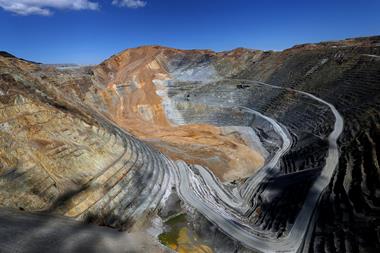


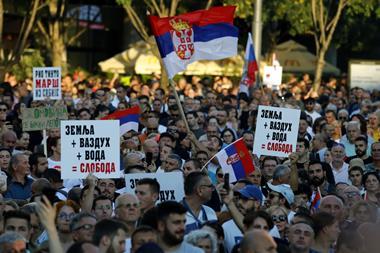
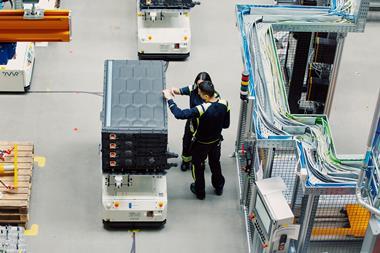
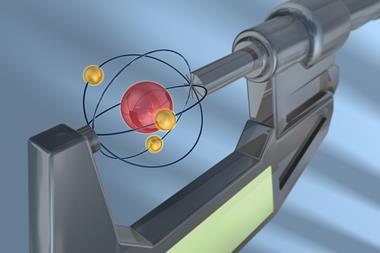

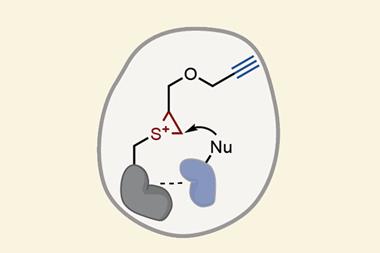
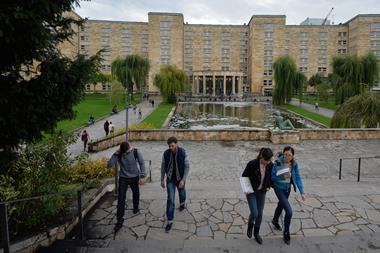
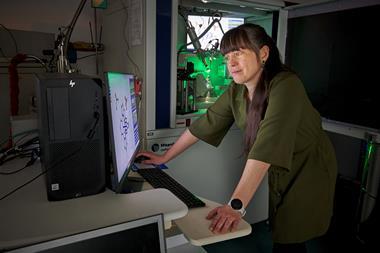
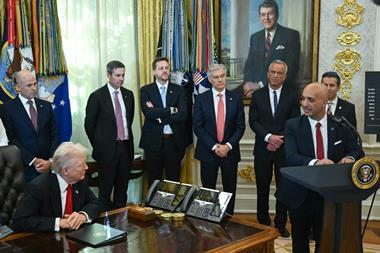
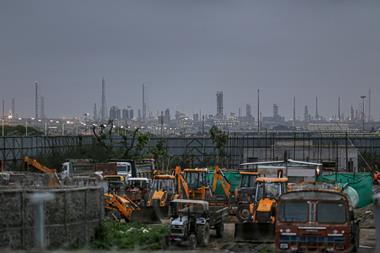
No comments yet